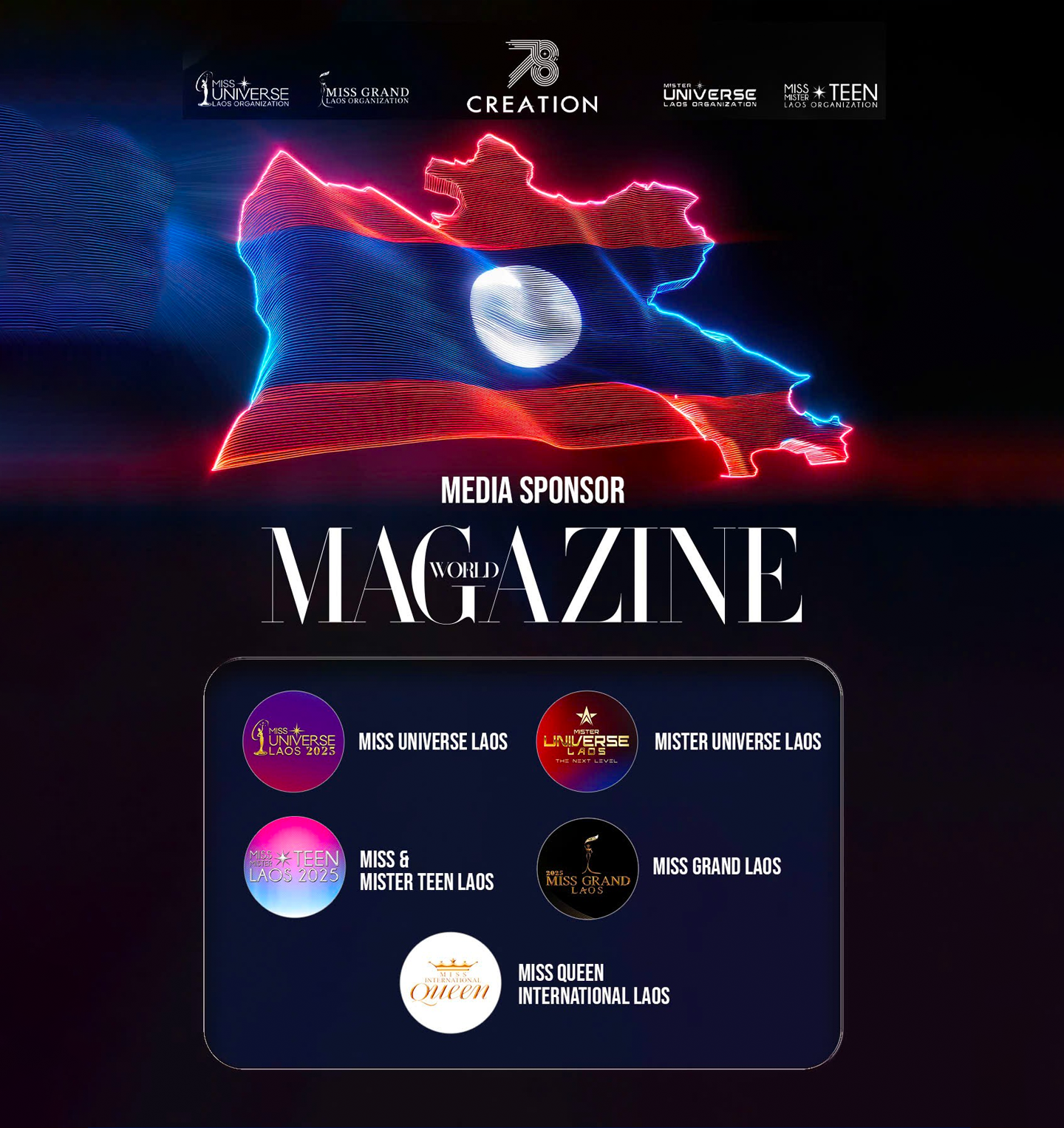As chess makes its historic debut at the Esports World Cup, five-time world champion Magnus Carlsen leads the charge into a new era. With a $1.5 million prize pool, faster formats, and a digital-first audience, the ancient game is being reimagined—not by abandoning tradition, but by embracing evolution.
Chess steps boldly into the esports arena
The inclusion of chess in the 2025 Esports World Cup signals a watershed moment. Once considered too analog for the high-octane world of competitive gaming, chess has steadily shifted its identity over the past few years—propelled by the pandemic, streaming platforms, and the viral success of The Queen’s Gambit. Now, it arrives on esports’ biggest stage with a hybrid format and a roster that includes elite players like Magnus Carlsen, Hikaru Nakamura, and Alireza Firouzja.
Carlsen, now signed to esports giant Team Liquid and serving as an EWC ambassador, sees this integration not as a departure from chess’s core, but as a continuation of its evolution. “It’s kind of made for the digital age,” he said. “It’s so simple to translate.” And translate it has—into smartphones, tablets, Twitch streams, and now, a global gaming spectacle watched by millions.
Rewriting the rules to fit the screen
To better appeal to esports audiences, organizers introduced the 10+0 format: each player has 10 minutes to complete the game with no added time. It’s quick, unforgiving, and perfect for the twitchy attention spans of modern viewers. Mistakes come fast, tension builds early, and every second counts.
The format is not without controversy. For purists raised on classical chess, it feels like a radical departure. But for Carlsen, who spends more time practicing on screens than at traditional boards, it’s an organic shift. “When I get to tournaments, the pieces feel a bit strange,” he admitted. “I don’t feel like I quite see the board the same way.”

That disconnect between physical and digital chess is something many younger players now share. For them, board vision isn’t cultivated at wooden tables but through thousands of rapid-fire online games—often played between homework and bedtime.
Streaming, algorithms, and the rise of the digital grandmaster
What began as a quiet pastime has become a streaming phenomenon. Platforms like Chess.com and Lichess have gamified and democratized the game, bringing grandmasters and beginners onto the same virtual stage. The engines that once intimidated are now tools of mass education, helping users understand every nuance with a click.
“It demystifies the game,” Carlsen explained. “All these tools make it so much easier for both kids and adults to improve.” That accessibility has led to an unprecedented youth wave in chess. Talents like Gukesh Dommaraju, who recently became the youngest-ever world champion, and a growing number of teen grandmasters are a direct result of this digital transformation.
Carlsen is not alarmed by this generational acceleration. On the contrary, he seems energized by it. “The audience is getting younger, and more and more digital,” he said. “So it’s really an exciting time.”
A new chapter in an ancient story
The Esports World Cup isn’t just an experiment in cross-genre entertainment—it’s a declaration that chess belongs on the same pedestal as other competitive digital pursuits. And for Carlsen, it’s an opportunity to showcase the game’s timeless appeal in a format that welcomes the next generation.
In the semifinal against Hikaru Nakamura, Carlsen advanced after a nail-biting armageddon tiebreaker—a sudden-death format that pits aggression against survival. He now faces Alireza Firouzja in the final, where $250,000 awaits the winner.
But the money, the lights, and the noise aren’t the real story. What’s happening here is the continued reinvention of chess—an art form that’s proved it can bend, adapt, and even thrive under pressure. And as Magnus Carlsen sits across from his latest opponent, mouse in hand rather than fingers on knights, he’s not bidding farewell to tradition. He’s writing its next move.





